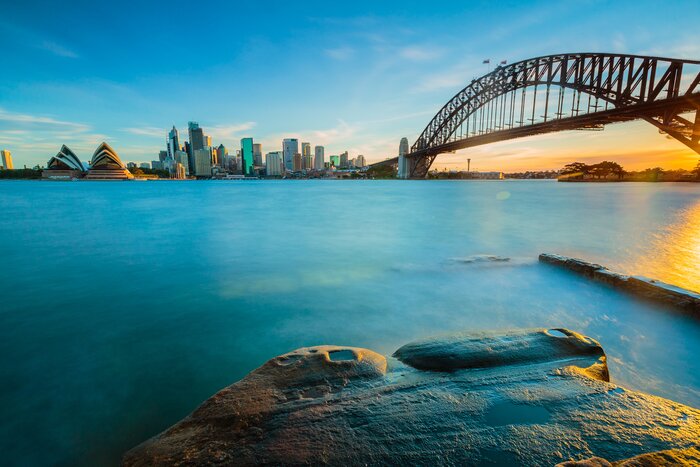
Australia in January: Travel Tips, Weather & More
January is mid-summer in Australia, and that means throughout the country, temperatures range from pleasant to hot (and to scorching). Travelers seeking a sunny beach holiday won't be short of options around the coast. Cities can be scorching, but they're also air-conditioned, and for other outdoor adventures, Tasmania is a cooler option.










